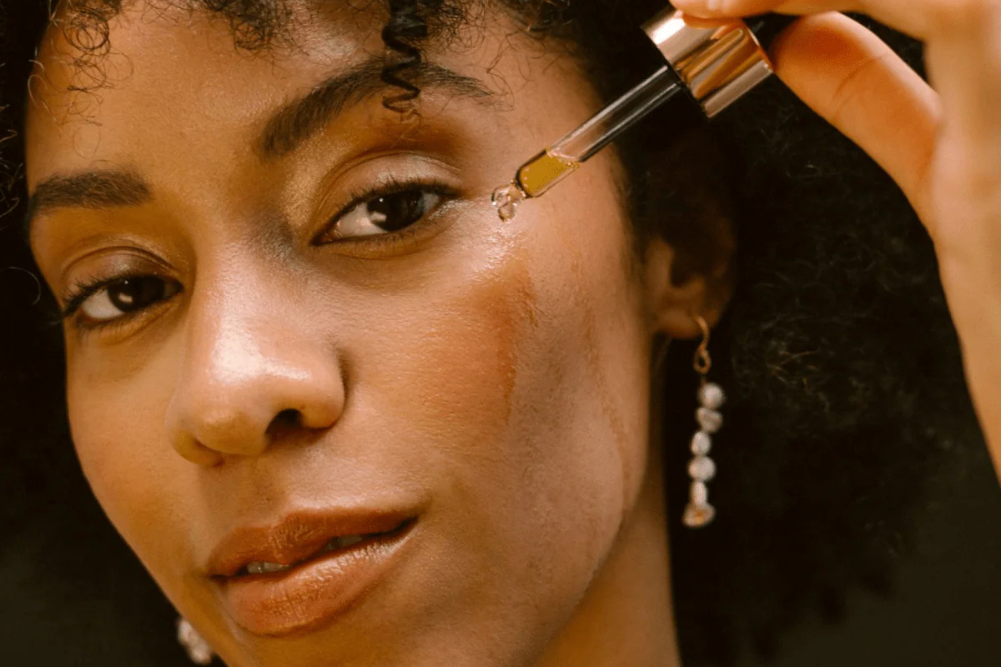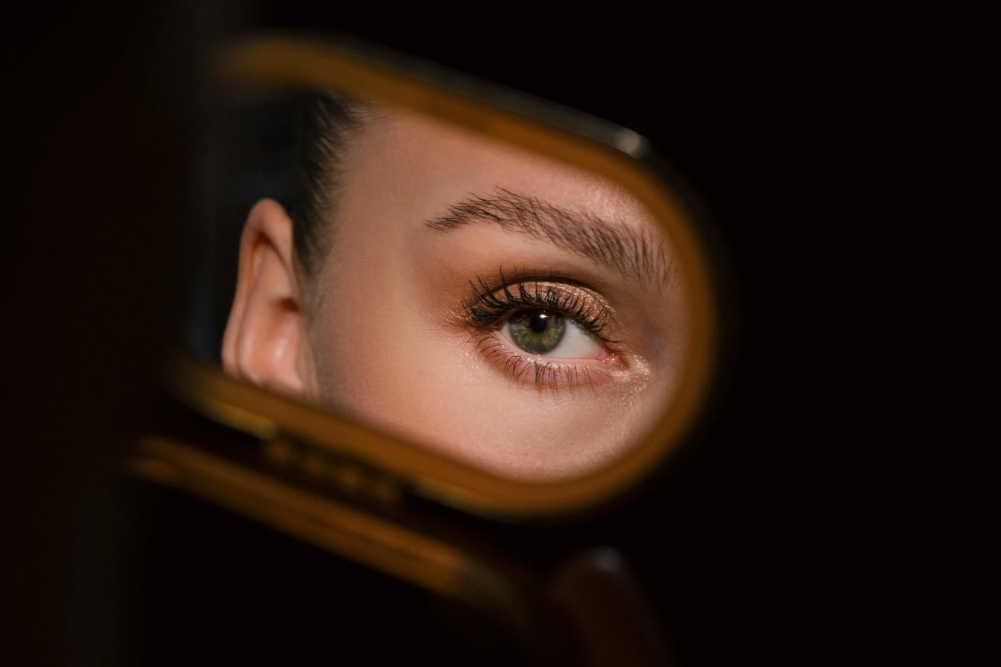Essential oils vs nanoparticle technology
Nanoparticle technology is the latest buzz application in skincare. Ingredients are created small enough to easily penetrate the surface layers of the skin and go deeper into the lower layers where they (ostensibly) offer profound rejuvenation. They are also used to transform once crude cosmetic ingredients into refined, more attractive applications. Take zinc oxide in sunscreens, for example. No longer do we have to wear a thick layer of white pasted across our noses, but we reap the benefits of zinc’s broad-spectrum protection with its new cosmetic invisibility.
However, there is much controversy surrounding this new technology. Our skin is a barrier to the outside world. It protects us from pathogens and germs — harmful substances that are, thankfully, mostly made up of molecules too big to penetrate it. When the skin breaks, we must be careful as these unwanted substances can get in and cause infection. Many health practitioners are concerned that nanoparticles that easily glide through the protective layers of the skin may be just as dangerous over the long term and that their risks may trump their rewards.
What are the concerns? First, many of these new ingredients are manmade. This means we lack information on their long-term effects, such as whether there is any systemic absorption. Second, traditionally inert substances (such as zinc oxide and titanium dioxide) may become hazardous when their physical structure is changed and they are shrunk to tiny particles/crystals.
Some research suggests that titanium dioxide, an element as old as the earth itself and popularly and safely used as a sun block in its natural form, may generate free radical activity when exposed to UV rays in nanoparticle form. There are many examples of this. Asbestos silica is an inert substance that becomes hazardous once transformed into asbestos crystals.
Apparently, many of these nanoparticles are neither water- nor oil-soluble, so if they do end up absorbed into the body’s systems, it may be difficult for the body to eliminate them. Unlike everyday impurities that are dealt with by the liver and follow the normal route of elimination, there is concern that this foreign matter may end up lodged in the body.
The concept of using ingredients with small particles to reach the lower layers of the skin makes good sense for profound skin rejuvenation, but it is not new. Essential oils have been used for centuries and offer safe and deep revitalisation to all the skin’s layers. Essential oils are the natural essence of the plant and they are also made up of tiny molecules that can penetrate the surface layers and revitalise the lower layers, where they can positively affect collagen and elastin, the skin’s building blocks. Tiny amounts of essential oils may enter the bloodstream through topical application to offer further health-giving benefits.
Essential oils are wonderful additions to any skincare routine — and they don’t carry the mystery or potential risks of nanotechnology. They are rejuvenating and anti-inflammatory, increase skin cell metabolism and are anti-bacterial, calming, soothing and cleansing. They can be incorporated into all your skincare applications, from cleansers, facial steams and compresses to masks, balms and moisturisers. Essential oils are very powerful as they are the concentrated essence of the plant, rich in energy and nutrients, so a little goes a long way. They should be used only in recommended amounts.
Massaging essential oils into the skin helps facilitate their absorption, as do heat and water. They should be used in a carrier vegetable or nut oil, not neat on the skin. Why not make a beautiful facial oil rich in the health-giving properties of essential oils to rejuvenate the complexion and follow with a facial steam to further enhance the penetrative benefits of the oils. See below.
A balanced diet rich in nutrients will also help rejuvenate the skin’s layers and you can feel confident that it’s good for the whole body. The quality of your skin cells will improve, the skin’s building blocks will be strengthened and skin cell metabolism will be enhanced.
Rejuvenating facial oil
80mL sweet almond oil
20mL rosehip oil
2 drops frankincense essential oil
10 drops rose (3 per cent in jojoba oil)
8 drops mandarin essential oil
Method: Mix the oils well and store in a 100mL bottle. Massage ¼ tsp into a clean complexion. Leave on the skin overnight. Or, for a steaming treatment, massage a little of the oil into a clean complexion then suspend your face over a bowl of warm/hot water and put a towel over your head. Keep your face far enough away from the bowl to be comfortable. Pat your face with a towel afterwards, but don’t rinse off.
- Note: not all invisible products are nanonised. When companies use invisible zinc in sunscreen, for example, ask them if it’s micronised or nanonised. Micronised zinc oxide is safe; its particles are still large enough not to penetrate the skin. If you are unsure, ring the maker and ask.
- Keep essential oils out of reach of children and do not exceed recommended amounts.
- One nanometre equals one-thousandth of a millimetre.







